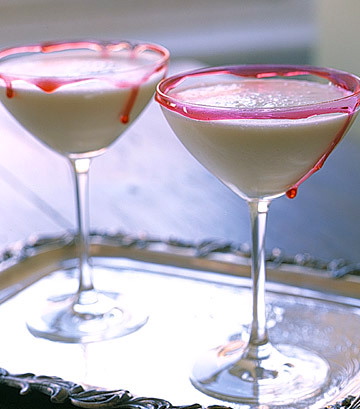Have you already taken out your Halloween costume last weekend and went out partying until late with Frankensteins, Vampires, Batman and an uncountable number of witches? If you haven’t, or even if you have!, tomorrow night don’t forget to cheer with a spooky drink, Ghoulada Punch!
Ghoulada Punch is made with fruity ingredients mixed with lemon or orange-flavored soda, and although the original recipe does not include Rometti Limoncello, we did add some to it and found that it brings out the zestiness and sweetness of the punch.
As you might have already guessed, this drink is very similar to the pina colada, so why is it renamed ghoulada? For those you who don’t know, “ghouls” are the imaginary monster that consume human flash by the graveyards, and seem to have originated in the Arabian folklore. Ghoul means in fact “demon”. The term appeared in English for the first time in an orientalist novel back in 1786.
Ghoulada Punch is the perfect drink to wash down all those treats your kids brought home (or the treats you’ve been eating from the stash you put away while waiting for the little ones to knock at the door!). So take out the blender, and make sure that there is no Rometti Limoncello in the cups you will offer to the candy-hunter-kids!
Happy Halloween!
Ingredients:
1 (46-ounces) pineapple juice, chilled
2 cans cream of coconut, (12 ounces each)
a splash of Rometti Limoncello to taste
8 cups ice
8 cups Fresca, or other citrus-flavored soda, chilled
In a blender puree pineapple juice, cream of coconut and ice. Pour into a punch bowl. Add citrus-flavored soda (like Fresca) and stir. Add some Rometti Limoncello to taste to the adults’ glasses, so the kids can still enjoy this fun, tasty drink!
If you like you can also add some blood to the glasses by mixing 3 tbsp of corn syrup with 1/4 tsp of red food coloring, and dipping the rim into the mixture.
~ENJOY!
recipe and photo from http://www.marthastewart.com (Rometti Limoncello was not an original ingredient)










